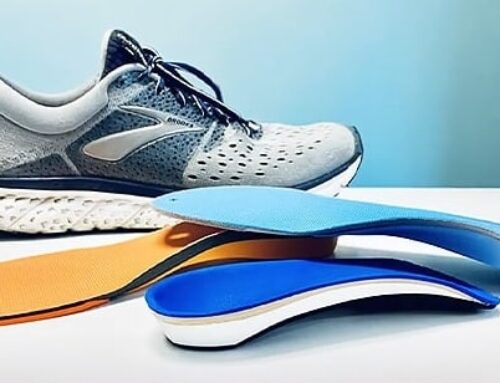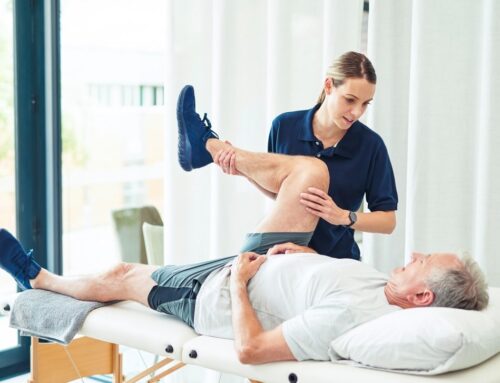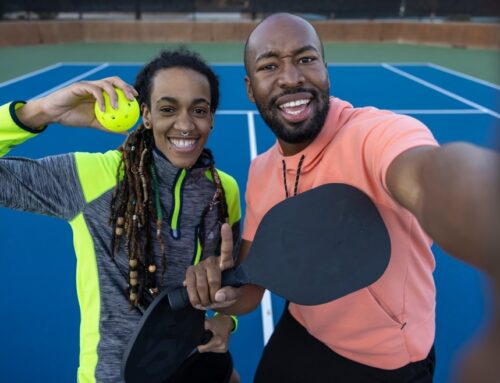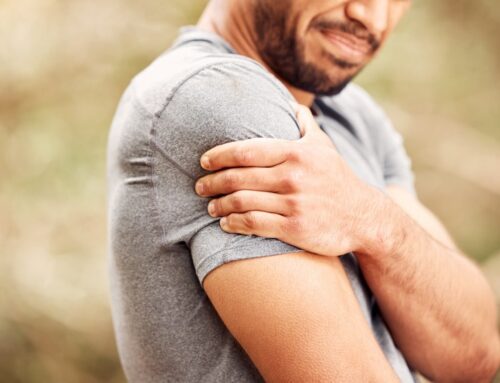Studies have shown distinct differences between biological males’ and females’ bones, muscles and ligaments. These differences influence gender related orthopedic injuries and factor into the types of injuries a person may face in their lifetime.
When it comes to the framework of the body – bones, muscles, ligaments and tendons – you may think these are the same in everyone. This is true in part, but a person’s biological sex makes a big difference in each of these parts of the body. Awareness of these basic differences can help prevent orthopaedic injuries, personalize treatment and speed recovery.
Orthopedic differences between males and females
Bone size and density
Males have larger, denser and stronger bones and a lower rate of bone loss throughout their lifespan compared to females.
While both men and women begin to lose bone density in their thirties, women see their rate of bone loss speed up as estrogen levels decrease in menopause. This lower bone mass can contribute to higher rates of fractures and osteoporosis.
Females have a wider pelvis bone than males. This affects the alignment of the lower body and places greater strain on the knees and ankles.
Muscle mass
Males have a higher proportion of muscle mass than females. Men’s higher muscle mass provides greater bone and joint stability and protects their tendons and ligaments.
One study found that the average female has about 52% of the upper body strength and 66% of the lower body strength of the average male. Throughout their lives, women will lose 50% more muscle strength than men because of aging and hormonal changes during menopause.
Ligament laxity
Women naturally are more flexible than men because of looser joints and ligaments. While this can benefit them in sports like ballet and gymnastics or for childbearing, looser ligaments increase the risk of overextension injuries.
Influence of hormones
Researchers believe that hormones during adolescence contribute to muscle and skeleton growth. Higher levels of testosterone and IGF-1 in males contribute to greater muscle mass and larger bones.
Higher estrogen levels in females improve muscle mass and strength, increase collagen in connective tissues and decrease the stiffness of ligaments and tendons. Looser ligaments and tendons decrease power and performance. Therefore, females are prone to a greater risk of ligament injury.
Common orthopedic injuries in men
Males tend to play more contact sports and engage in higher-risk physical activities than females, leading to different injuries. Men experience more soft tissue injuries, like bicep or quadricep tears, from sports like weightlifting, uphill running and football.
Men also experience more finger fractures – 58% more than women – as well as hand and wrist injuries. Sports like basketball, football, skateboarding and skiing, or activities like vehicle or home maintenance, are more common in men.
Male athletes also tend to have higher rates of shoulder, hip and groin injuries than females.
Common orthopedic injuries in women
Female athletes are prone to sports-related injuries due to their smaller and less dense bones, lower muscle mass and looser tendons and ligaments. Ankle sprains are the most common orthopedic injury in both sexes, but females experience them more frequently than men.
Knee issues and injuries are also more common in women. Common female knee problems include ACL tears, ligament damage and irritation under the kneecap (patellofemoral syndrome).
Additionally, females have a higher rate of bone-stress injuries than males, especially in the foot or lower leg. Changes in hormones play a part in bone loss, which leads to osteoporosis and a greater risk of fractures.
Preventing gender related orthopedic injuries
Though male and female bodies differ, orthopedic specialists recommend that both actively work to prevent orthopedic injuries.
Often, injuries come from a lack of preparation. Injuries happen if an athlete has not trained well or if a person has not set up appropriate safety measures when climbing a ladder. Preparing well is critical.
- Stretch. Warming up and stretching well before and after exercise help to prevent muscle, tendon and ligament injuries.
- Exercise regularly and lift weights. These activities build muscles and bones, improve balance and coordination, and help to maintain a healthy weight. As you lift weights, focus on large and small muscles to build a strong support around your joints. This consistency will also help prevent weekend warrior injuries.
- Eat a well-balanced diet, including calcium, vitamin D, iron and other nutrients. Strengthening the body through diet, exercise and weight loss can prevent many injuries. Hydration is important, too, so remember to drink enough water.
- Rest and get enough sleep. Avoid overuse injuries by getting adequate rest between workouts and getting enough sleep. No one performs at their best when tired and overworked, so listen to your body and take care of it.
- Discuss injuries with your orthopedic physician to prevent further issues. Treating an injury early on is always better than letting it grow worse or heal improperly. If you are experiencing pain, contact us today.
Get the best care for your orthopedic injury
Cary Orthopaedics understands gender related injuries and the orthopedic differences between males and females. Regardless of your risk factors, our orthopedic surgeons and physicians tailor care to meet your specific needs. They apply their decades of training and experience to create treatment plans for the optimal outcome.
Learn more about our team and how we can help you return to work and play without pain.






